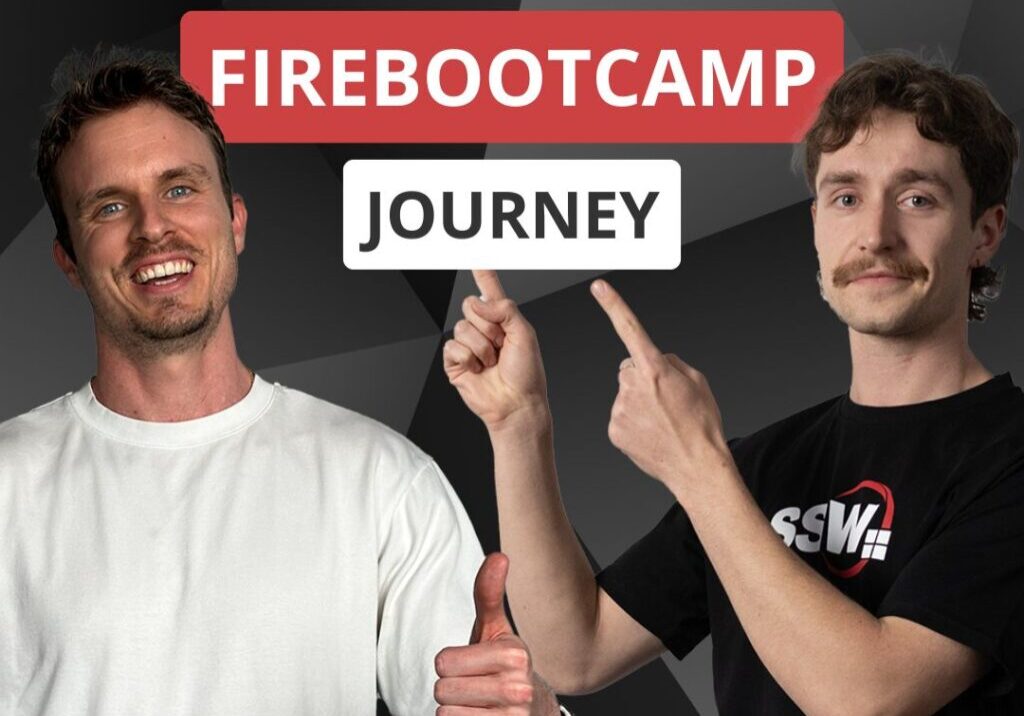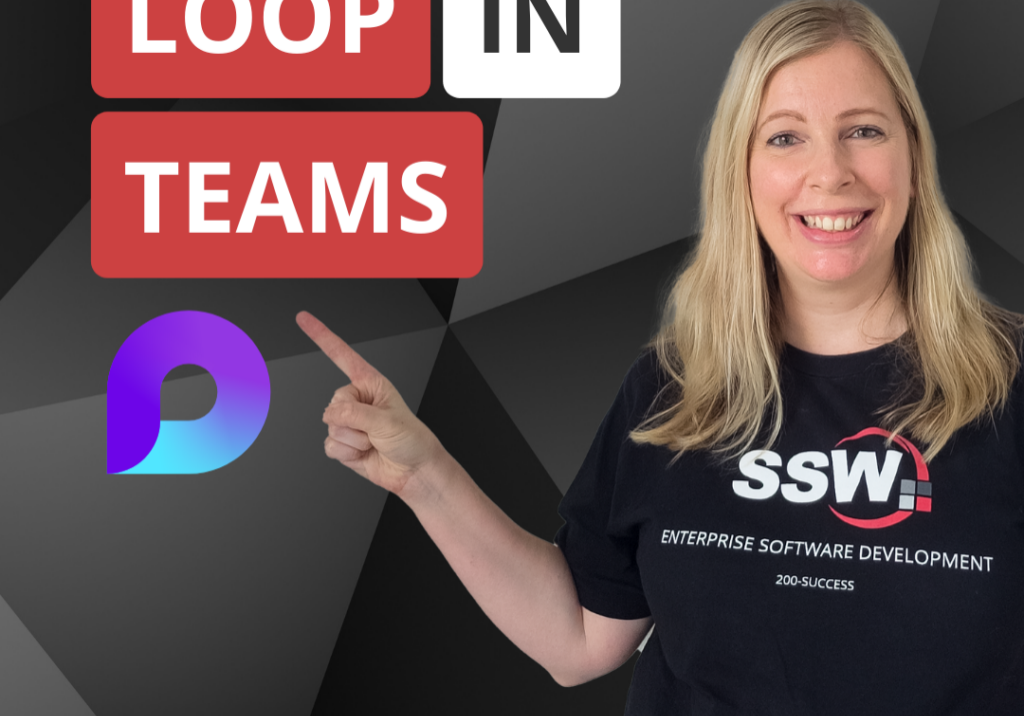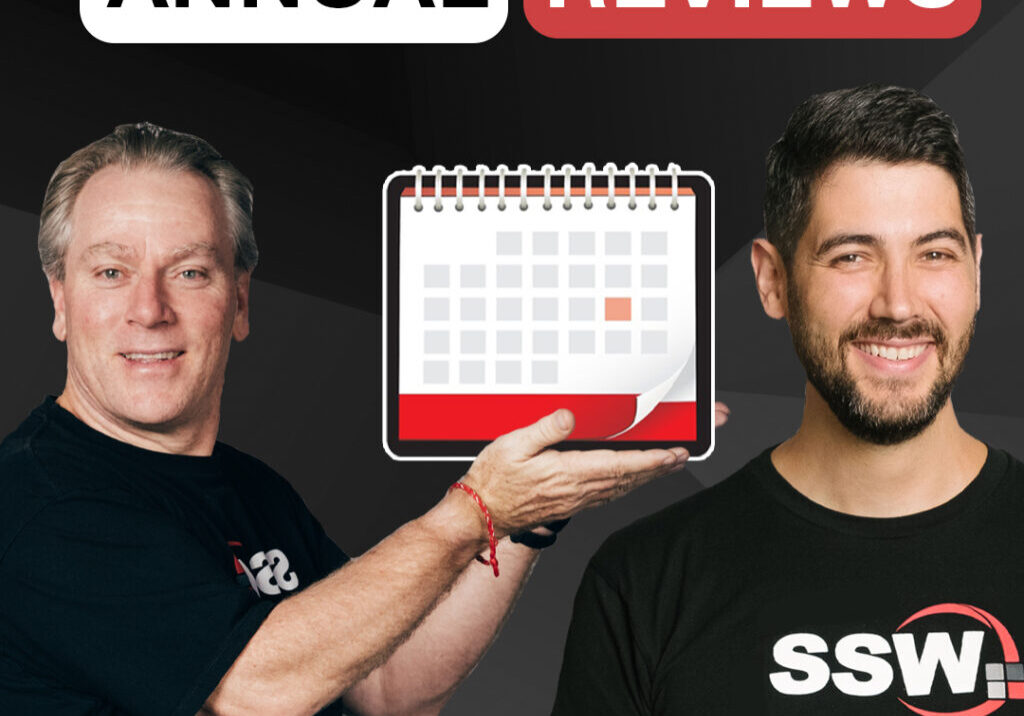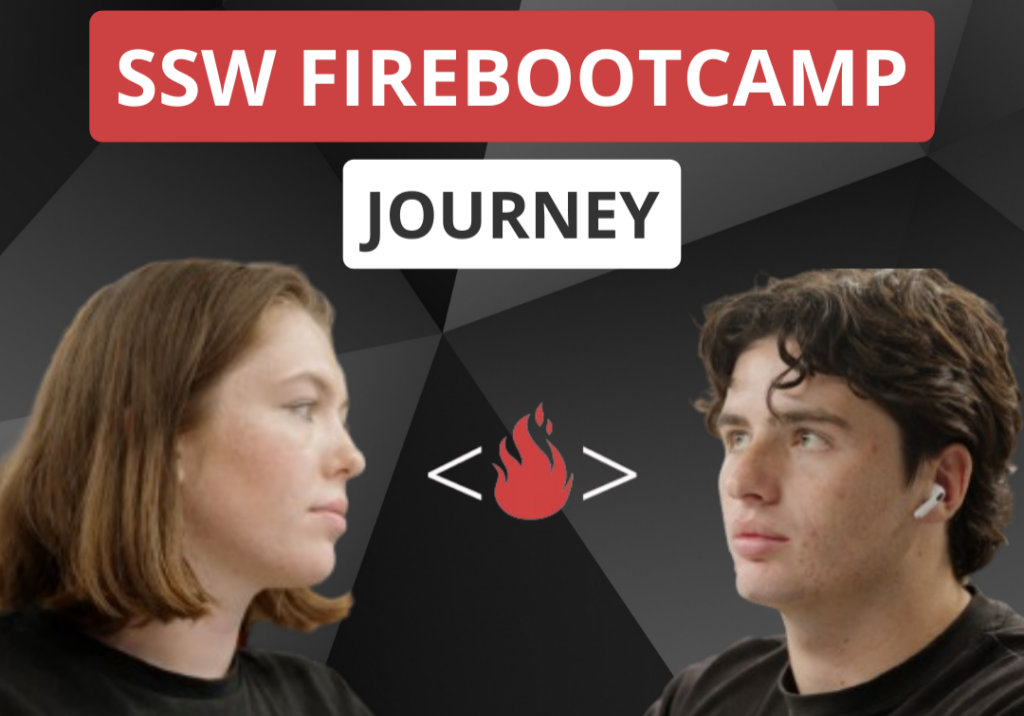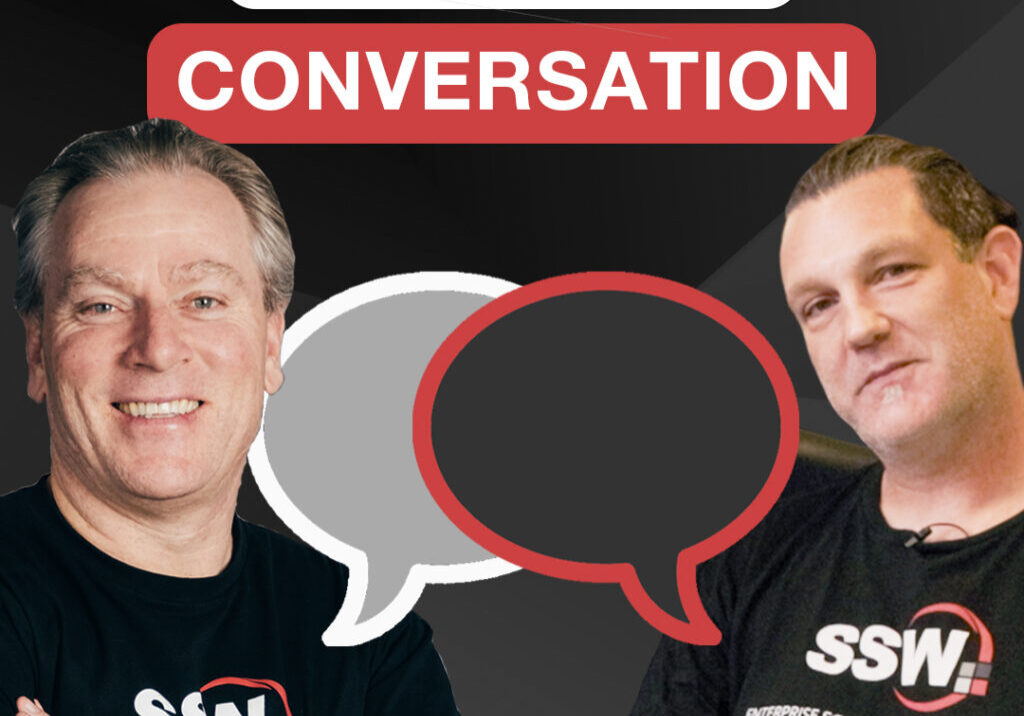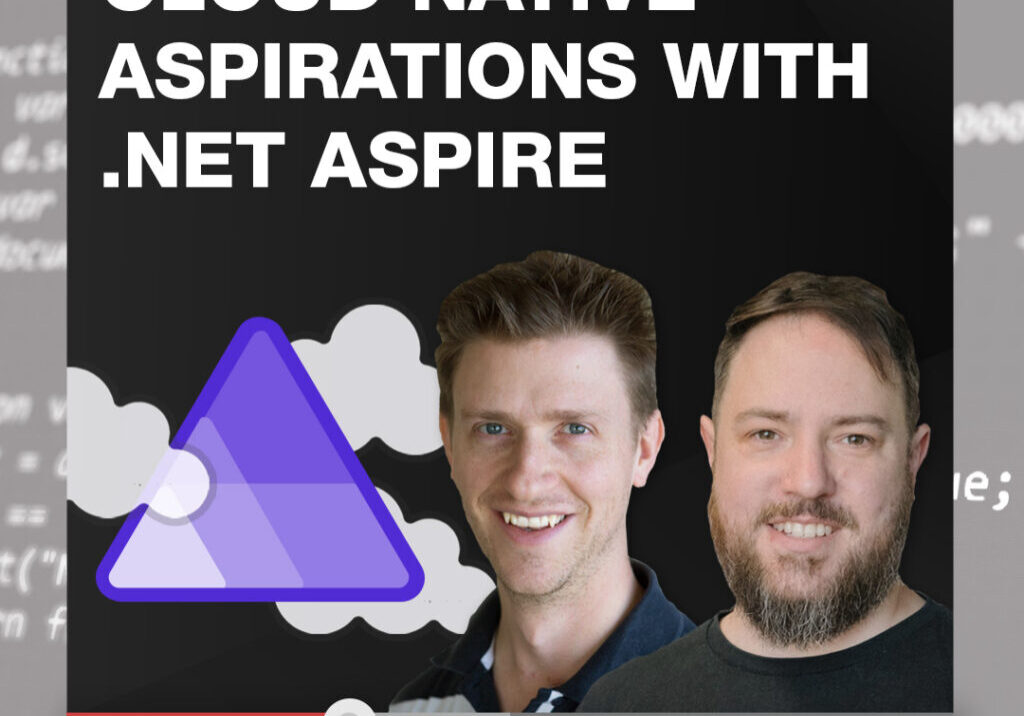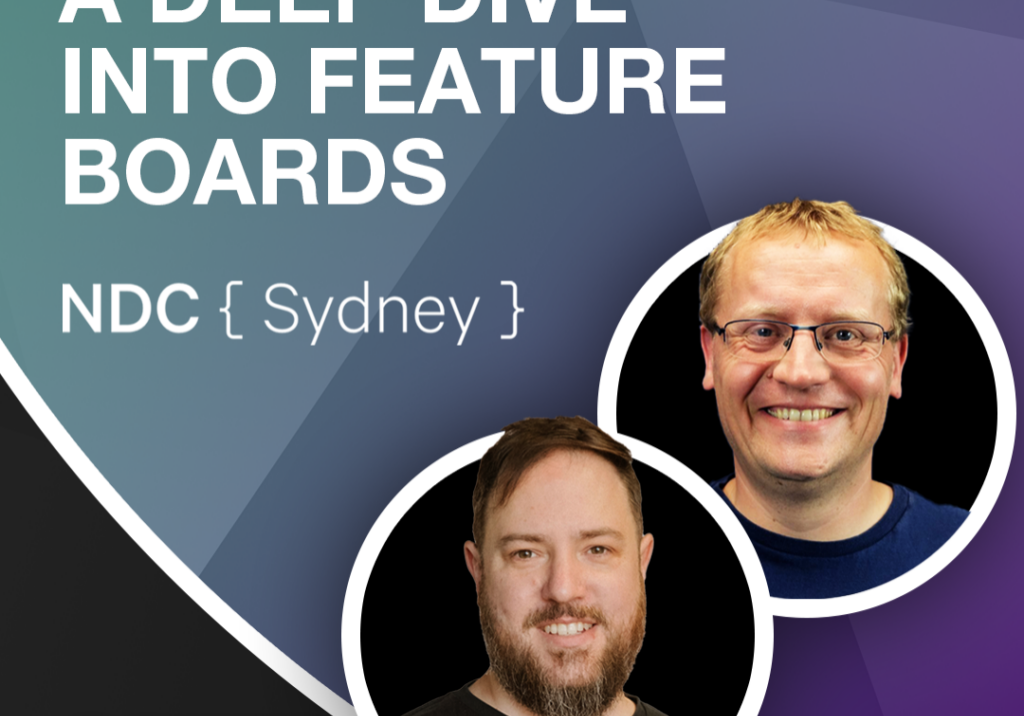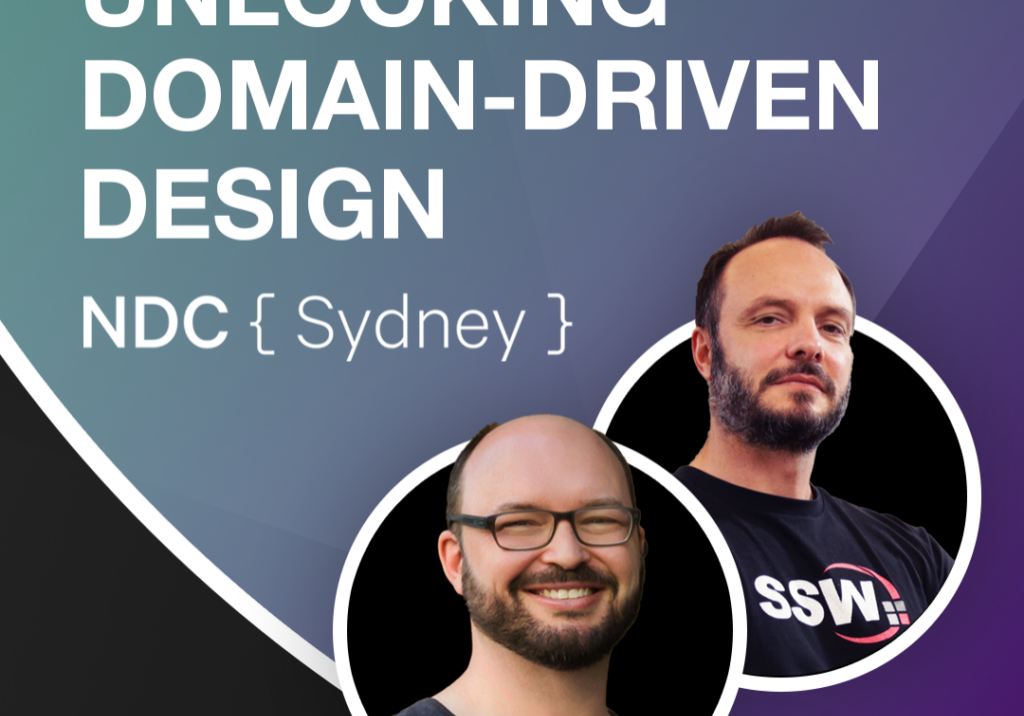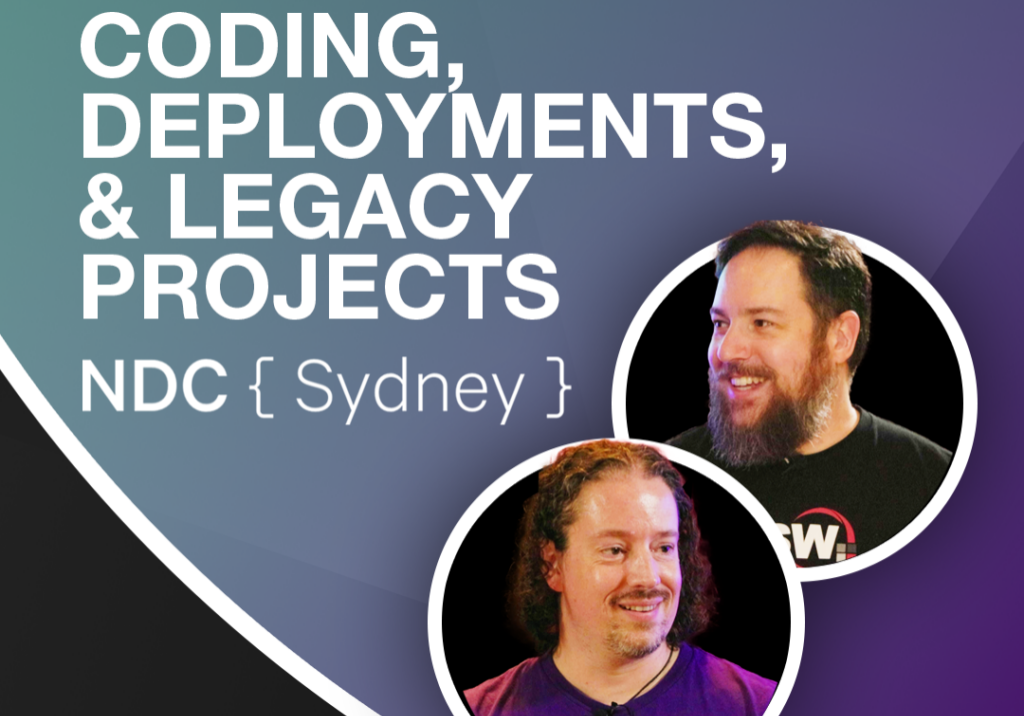‘Kennedy and Oswald’ is an multi-award winning website built by the design and tech gurus at Mullen, a Advertisement agency based in Boston.

The website is a companion site to a National Geographic film about the lives of John F. Kennedy and Lee Harvey Oswald and the lead up to the eventual assasination. The website complements it with an interactive ‘timeline’ exploring both Kennedy’s and Oswald’s lives in greater depth. It uses parallax scrolling to tell both of their stories simultaneously, up to their eventual meeting at Dealey Plaza. There are many interesting aspects of the website that developers may find interesting, such as the way the website detects and works with gyros on mobile devices.
Some interesting facts:
- It took 30,000 lines of handwritten JavaScript, 10,000 lines of CSS, and 2,200 GitHub commits to create the site.
- The site is more than 250 MB but only needs to load 1.5 MB to work — no preloader necessary.
- Roughly 185 historical images were used.
- Some of their awards awards for the site include: the Google Creative Sandbox, Andy Awards, Digital CableFAX, Adobe Cutting Edge Award and The FWA Mobile Site of the Day
In this interview, David Burela – SSW Solution Architect – is joined by Joe Palasak and Kenji Ross – Senior Creative Specialists at Mullen – to discuss:
- Where the idea for the website came from
- How the companion element works with the National Geographic film
- What it’s like working in the advertising world from a technical and creative aspect
- What was the process for deciding what technologies were going to be used
- They look at the early website prototypes
- How the website works on mobile devices (it can detect and work with your devices gyro to move around the on-screen elements)
- What were some of technical considerations
- What were the biggest challenges, Technical & as a project
- Awards won
Take the Quiz!
[WATUPRO 50]
About the speakers

Creative Mughals
Powered by breakfast pastries and curiosity, Joe Palasek is a creative who is passionate about pushing technology in unexpected directions. Over the past 8 years, Joe has worked on projects for clients such as The National Geographic Channel, Google, iRobot, EA Games, Pizza Hut, and Johnson & Johnson. When Joe's not busy making things for the internet, he enjoys cooking, playing video games, and rummaging around flea markets. Joe lives outside of Boston, MA with his wife Jessie and his dog Waffles.
Kenji has been making neat things on the internet for the past fifteen years, melding brands and technology for National Geographic, Volkswagen, Apple, GE, Google, PBS, and The Rock and Roll Hall of Fame. He plays drums, rides bikes, drinks drinks, and can make a pretty excellent sandwich from any given leftovers. He resides in Cambridge, MA with his lovely wife and adorable puppy.

